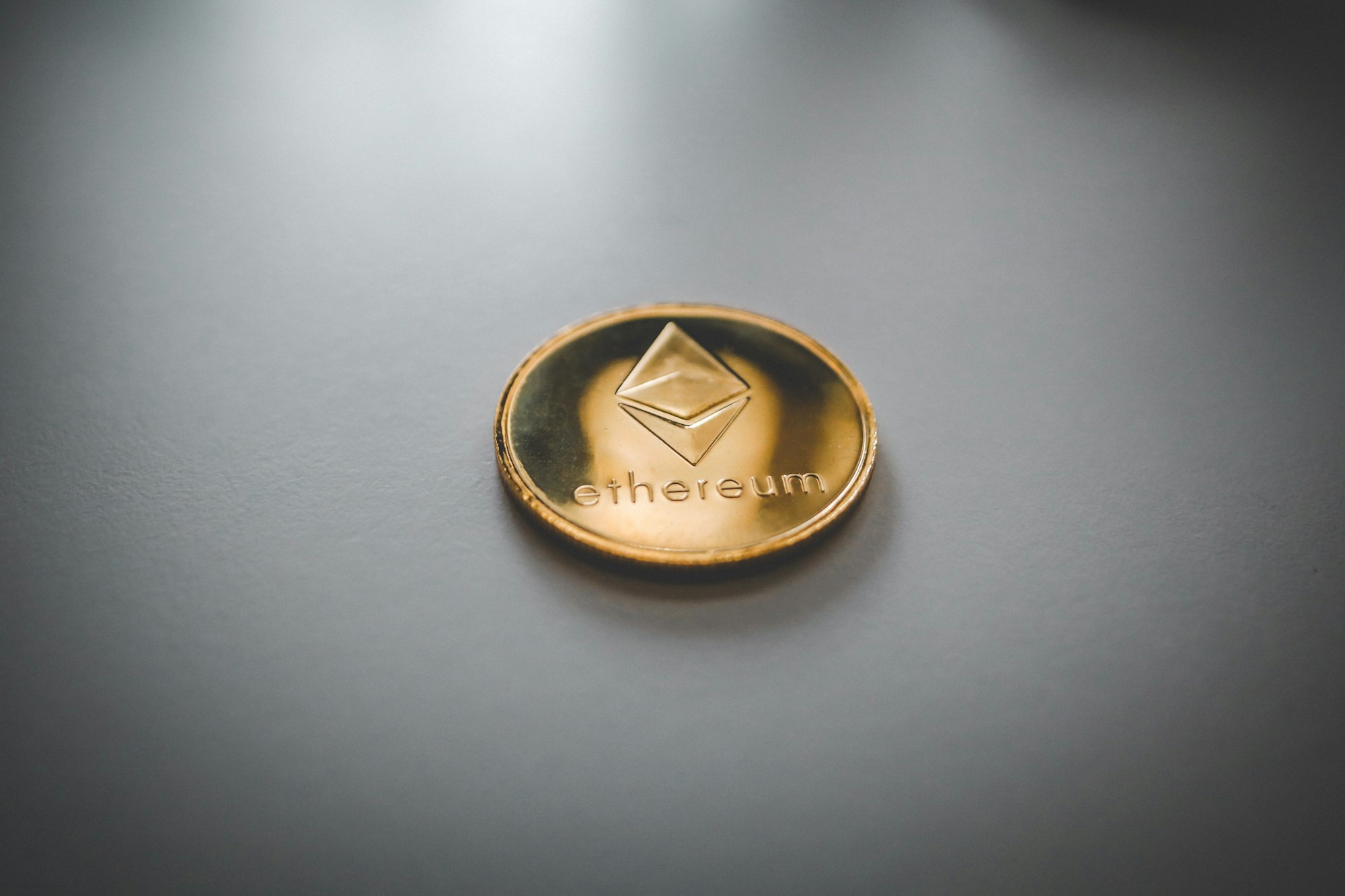What is a smart contract? How can Ethereum be used?
Ethereum is the cryptocurrency with the second largest market capitalization behind Bitcoin. Ethereum is well known for serving as a platform that uses smart contracts for building distributed applications (DApps) on a blockchain.
However, it seems that some people struggle to understand the concept of a smart contract, what they are used for, and how the virtual asset aspect of Ethereum ties in.

A blockchain that executes smart contracts
Smart contracts are usually defined as a mechanism to automatically execute a program.
It is pretty common to use vending machines as an example. When you insert coins into a machine, a drink is automatically dispensed.
This comes from an illustration published in 2004 by cryptographer Nick Szabo, but even this is not the best example. Vending machines existed before smart contracts or Ethereum.
So, the vending machine example doesn’t fully explain the potential of smart contracts and Ethereum. Even Ethereum’s creator, Vitalik Buterin, has expressed regret at using the term smart contract.
To be clear, at this point I quite regret adopting the term "smart contracts". I should have called them something more boring and technical, perhaps something like "persistent scripts".
— vitalik.eth (@VitalikButerin) October 13, 2018
The difficult part is that persistence and verifiability are the key characteristics of smart contracts.
For example, suppose someone issues a bond on the blockchain and the bondholder is programmed to get a quarterly interest payment. This interest payment program can be confirmed and verified by anyone with a smart contract on Ethereum, and even the developers can’t alter it after it is finished. In short, no one can cheat the system as long as the program is properly set up.
The persistence and verifiability of smart contracts allowing third parties to trust the programming and automated results is left out of the vending machine example. We included it in the automated interest payments in the bonds example. This cuts down on the need for manpower and creates a whole new user experience.
It is expected that any industry can use applications built from smart contracts, and Ethereum is a platform where these kinds of applications can be developed.
How is Ethereum used as a cryptocurrency?
So, what is the virtual asset form of Ethereum used for? Here are some of the main use cases:
1. Collateral asset used in decentralized finance applications (DeFi)
Currently, applications to be used in distributed finance are under development. These are financial applications being developed on Ethereum. These applications use Ethereum as a collateral asset, and Ethereum is often used as a collateral asset for loans.
2. Staking (Ethereum 2.0 onward)
Finally, Ethereum will move from Proof of Work (PoW) to Proof of Stake (PoS). Miners who hold more Ethereum have the right to create blocks under PoS, so miners need to hold Ethereum.
You might get a better understanding of smart contracts and DApps if you try them out for yourself.






